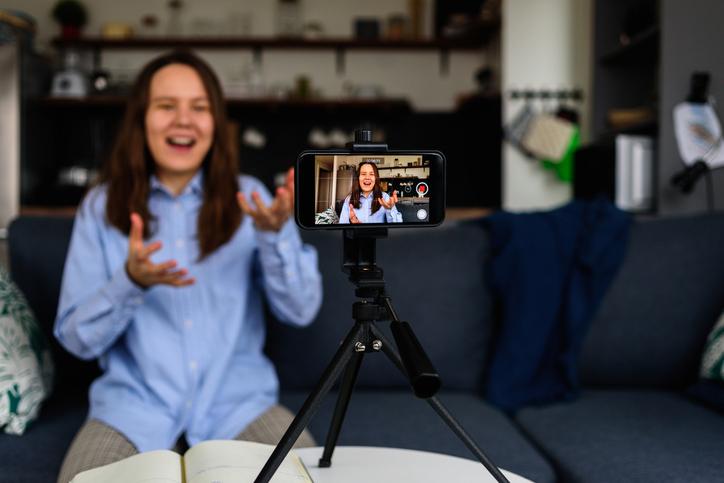
An introduction to creating escape rooms
You may also like
Popular resources
Key Details
This video will cover:
00:54 What is an escape room?
02:06: The look and feel of your escape room
03:02: Rules and safety tips
Transcript
Do you want to craft an experience that your students never want to leave? I’m Bernardo Nunes, a senior lecturer at the Australian National University. I created an escape room experience to help my students understand and connect the abstract and sometimes confusing concepts that are part of my computer science class. Today, I’m excited to share with you how I did this and to give you some tips on how and why you might like to use an idea like this in your teaching.
An escape room experience is an excellent pedagogical tool for engaging students, developing soft skills such as teamwork, leadership, communication and problem-solving, and putting hard skills into practice. These things are even more important with the recent rise of generative AI tools.
- Three innovative authentic assessments to encourage soft skill mastery
- Making online content relevant and fun for Gen Z students
- You wake up in a locked room… Using digital escape rooms to promote student engagement
So, what exactly is an escape room? At its simplest, it’s a game-based scenario where participants solve puzzles together to accomplish a goal in a physical environment. The first step is to define the goal of your escape room; mine was to focus on linking concepts in computer science and to prepare students to work as a team for an upcoming group assignment. Once you have your goal defined you can create an overall theme for your experience.
The next step is to develop puzzles and riddles that align with your goal and team. Start with simple puzzles and riddles and improve them as you go. Three to five work well for 30- to 60-minute experiences. This shouldn’t be too difficult or too easy to solve. Using generative AI tools such as ChatGPT or Bard can help you create riddles and are a great starting point for generating ideas. Don’t overcomplicate or overthink this part of the process.
Next you need to think about objects or props that you want when creating your puzzles and riddles. Some examples are a UV torch, chatterbox, locks, maze, puzzle box, script tags or a pirate treasure chest. Think about what you have access to in your environment, and this may open a range of opportunities and ideas for the creation of your puzzles.
The look and feel of your escape room experience is important. Using a room that isn’t typically used for teaching helps create a sense of excitement as does decorations, which don’t have to be new or expensive. I use waste like old computer monitors and keyboards, and we had access to 3D printers to create some custom objects, too. If you have budget then you can explore using LED lights or flameless candles, but if you don‘t have access to these resources don’t worry – embracing a lo-fi aesthetic can be fun and lets your creativity shine.
The ideal number of students for an escape room really depends on the room size, the number of puzzles and the goals set. I have run escape rooms for courses with 300 students and found that groups of four to six students works well. So, now your escape room is ready, what is next? Before starting the experience, brief each group of students on the rules and safety procedures. You may want to have a “game master” character or a person who ensures the game runs smoothly and has knowledge about all the puzzles and riddles that students will encounter. This person will be available to answer students’ questions, provide tips and make sure each group has a positive experience.
Finally, test your room multiple times before you send students in; this will identify any issues with the game design, puzzles and safety. Some safety tips include using a walkie talkie to talk with each group and check in as needed. Having a camera inside the room is a good idea, too, as it allows you to monitor progress and intervene if necessary. And don’t lock the door of your escape room either – students are allowed to leave at any time.
A post-session discussion exploring the objectives and how students approach each puzzle is essential. This helps the students make connections between the experience and your course. You can also consider rewards like certificates, gifts or participation marks. We’ve had great feedback on our escape room here; it has created an engaging environment for our course and opened a channel for students to explore the need for communication, problem-solving, agile thinking, leadership and other skills for their future careers.
While everyone wants to leave a traditional classroom, in the escape room nobody wants to leave until they have completed [it]. Now that you have all the steps and tips, I would love to hear about any unique twists you have added to your escape rooms. Learning can be exciting and immersive, so let your creativity flourish.
Bernardo Pereira Nunes is senior lecturer in computer science at the Australian National University’s College of Engineering, Computing and Cybernetics.
If you would like advice and insight from academics and university staff delivered direct to your inbox each week, sign up for the THE Campus newsletter.


